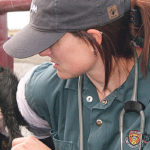One of the most important economic criteria that determines profitability is the calf crop percentage. This is defined as the percentage of cows weaned per cow exposed to the bull. Obviously, having a live calf to sell is the ultimate objective of most cow-calf enterprises and a failure to produce a calf can have a […] Read more
Tag Archives animal health — page 22

Preconditioning, BVD vaccines are ideal in perfect world
There are different sectors of the cattle industry with different needs and objectives. By raising points on what certain management practices are ideal, perhaps we can collectively work toward those practices. It’s not easy but if better outcomes can be achieved for all, so much the better. We know preconditioning, which includes preimmunization and on-farm […] Read more
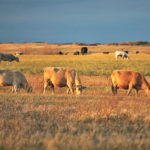
Vitamin E deficiency common in prairie livestock
Throughout the body, vitamins serve crucial functions to maintain cells in a state of health. Perhaps unimaginatively named for the letters of the alphabet, the vitamins are A, B, C, D and E. Vitamin K breaks the order but is no less important. A recent conversation with a fellow veterinarian led me to review the […] Read more

Pneumonia in horses can compromise athletic ability
Through evolution, horses have developed a tremendous capacity for running at sustained, high speeds. To meet these athletic demands, horses have remarkably large lungs and heart. Those organs must be healthy. With each heartbeat, blood courses through the lungs, exhausting carbon dioxide and refreshing its oxygen load before travelling around the blood vessels to oxygenate […] Read more
Connections explored between brains and sleep
As a veterinary pathologist, I hold the brains of animals in my hands almost every week. A cat brain fits comfortably in the palm of my hand, while the brain of a 1,000 pound feedlot steer needs a two-handed grip. Removing a brain involves opening the skull and then carefully severing the 12 pairs of […] Read more
Managing crypto disease challenging for producers
Cryptosporidium parvum, commonly known as “crypto,” is a microscopic parasite, (a single-celled protozoan organism) that can cause diarrhea in humans and animals. Cryptosporidium are very similar parasites to coccidiosis, but unlike coccidiosis, crypto is a zoonosis in that it can infect people and has caused some large outbreaks of human disease in Canada and the […] Read more
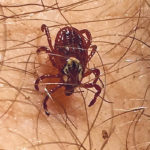
Tick paralysis increasing in cattle
Ticks are being found in increasing frequency in our food-producing animals and domestic pets. They cause concerns because some species carry transmissible diseases that can affect humans, such as Lyme disease. Others cause blood-loss irritation and others cause paralysis. The most commonly found tick on cattle in Western Canada is the Rocky Mountain wood tick […] Read more
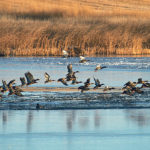
Outbreaks of sudden death in wild birds tough to solve
It is a sight no one wishes to see. This winter, more than 50 dead ducks were discovered in one of Calgary’s parks. The people who found them were understandably upset. They were also concerned about the cause. Could it be poison? Or an outbreak of some type of infectious disease? Did a deadly bird […] Read more
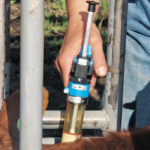
Vaccine use rises in western Canadian cow-calf herds
Recent measles outbreaks in North America and Europe have occurred as vaccination rates of children drop off due to anti-vaccination movements. I’m glad we don’t have a major anti-vaccination movement in the beef industry. In fact, we now have some evidence that the opposite trend is occurring. A recent study in the latest issue of […] Read more
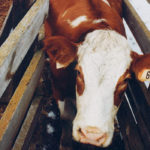
Ways to save time and labour in cow-calf operations
Time and labour are often in short supply at cow-calf operations, but there are ways producers can save both, while also saving a bit of money. Drones should be used on most larger operations for checking cattle, checking fences, checking watering troughs, finding lost cattle and identifying sick ones. Drones are quick and the images […] Read more



